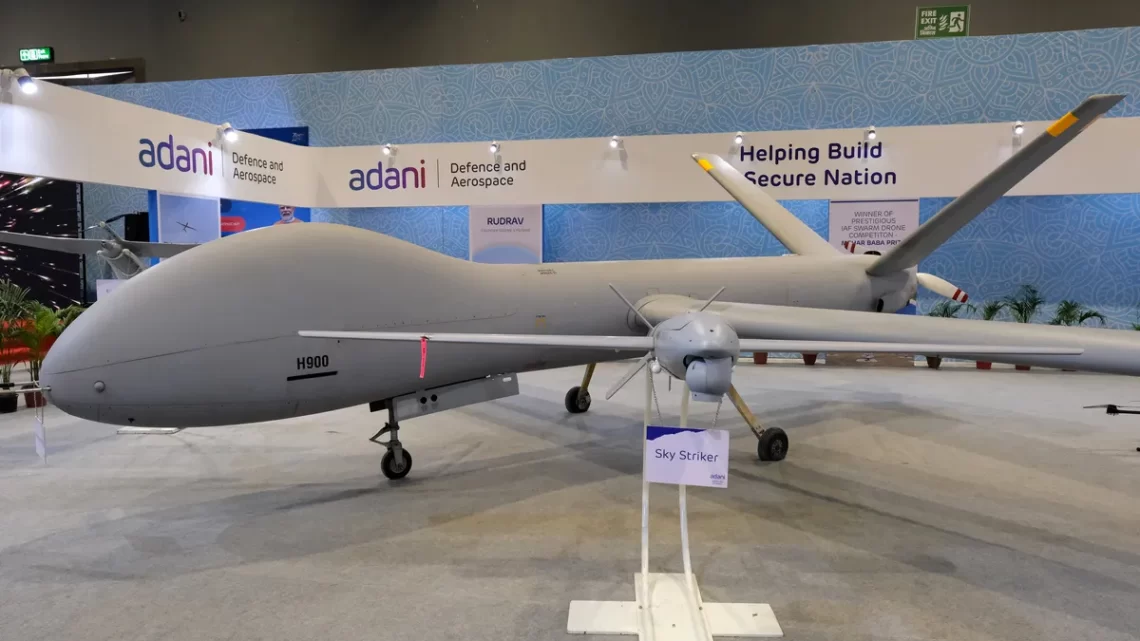
The Covert Alliance: Indian Drones Used Against Palestinians by Israel in Gaza
March 26, 2024A clandestine partnership between India and Israel has brought forth a deadly synergy in the realm of weaponry, marking a significant turn in the dynamics of international conflicts, particularly in the tumultuous region of Gaza. The utilization of drones and other armaments, jointly manufactured by these nations, against Palestinians in Gaza, serves as a stark revelation that demands attention, particularly from the Arab world.
India’s strategic modernization of its armed forces over the past decade has been propelled by Prime Minister Modi’s ambitious ‘Make in India’ initiative, aiming for self-sufficiency in arms production. The establishment of the Adani-Elbit UAV manufacturing complex in Hyderabad stands as a testament to this endeavor, while the Holy Hermes 900 production facility extends the reach of Israel’s technological prowess beyond its borders. Despite these strides towards self-reliance, India’s reliance on Israel for military hardware remains profound, epitomized by tycoon Gautam Adani’s investment in Haifa Port.
Recent developments underscore the depth of this alliance. Israel discreetly acquired 20 Indian-made Hermes 900 drones through Adani-Elbit Advanced Systems India Ltd., a strategic collaboration between Adani Defense and Aerospace and Israel’s Elbit Systems. These drones, deployed in conflict zones, possess formidable capabilities, including 30-hour flight endurance and proficiency in reconnaissance and aerial bombardments, earning them the moniker of Israel’s ‘Killer’ drones.
The ideological alignment between India’s Hindutva supporters and Zionist Israel further solidifies this alliance. Shared beliefs, aims, and strategies knit these allies together, with unsettling parallels drawn to admiration for figures like Adolf Hitler. This alliance, however, exacts a devastating toll on innocent lives. The United Nations Children’s Fund (UNICEF) reports that more than 13,000 children have perished in Gaza since October 7, with many others suffering from severe malnutrition, illustrating the harrowing consequences of this collaboration.
The implications of India’s involvement in Gaza’s conflict cannot be overstated. This covert partnership not only undermines India’s advocacy for a two-state solution but also raises questions about its commitment to humanitarian principles. The Arab world, in particular, faces a moment of introspection, confronted with the stark reality of bilateral cooperation with an ally willing to betray them for strategic gain.
To conclude, the utilization of Indian drones against Palestinians by Israel in Gaza represents a disturbing convergence of strategic interests. This underreported alliance, fueled by shared ideologies and military cooperation, implicates India in the ongoing conflict, tarnishing its reputation as the world’s largest democracy. As the casualties mount and the suffering deepens in Gaza, the Arab world must reassess its alliances and investment strategies, lest it become complicit in the atrocities perpetrated by an untrustworthy ally.

